From the debut of a giant rocket and the discovery of an underground lake on Mars to reef-repairing robots and the next steps toward a working hyperloop, the past year has been a momentous one for science and technology.
What science- and technology-related innovations and trends will come our way in 2019? Here, lightly edited, are predictions from 19 thought leaders across a variety of fields.
HEATHER BERLIN
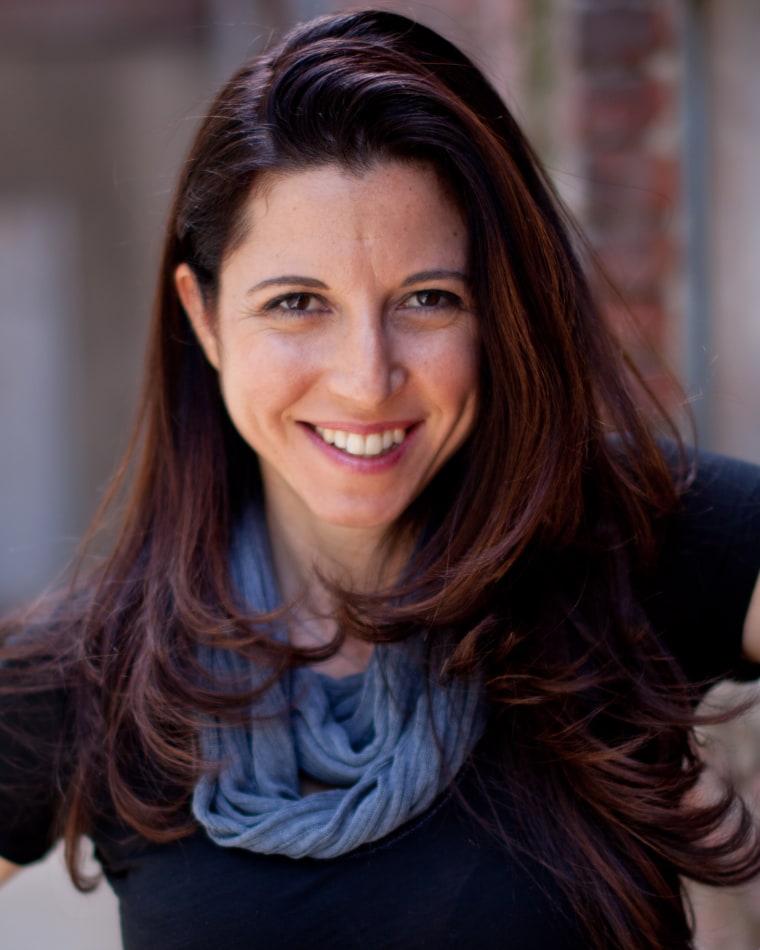
Heather Berlin is a cognitive neuroscientist and professor of psychiatry at the Icahn School of Medicine at Mount Sinai Hospital in New York City.
Caltech researchers recently restored sensation to a paralyzed man’s arm, using electrodes implanted in his brain. As we unlock the secrets of the brain’s cellular architecture and its relationship to human capacities, we gain the power to treat psychiatric and neurological diseases as well as physical ones. I predict that 2019 will be the year brain–computer interfaces finally arrive for those in need. Prosthetic limbs will not only be controlled by a paralyzed patient’s thoughts, but also be capable of sensing and feeling the same way our natural limbs do. And breakthroughs in neural implants will give people with anxiety and mood disorders a clearer path to recovery.
The NIH-funded BRAIN Initiative Cell Census Network is a large-scale consortium that aims to map every cell type in the human brain. Hence 2019 could also be the year we finally discover how many cell types there are in the human brain, probably on the order of several thousand. If a detailed comparison with mouse brains and genes reveals that our rodent friends have roughly the same number of cell types as we do (I predict they will), it will further support the notion that other animals are conscious, experience life in similar ways that people do and are worthy of our moral consideration.
BRUCE BETTS
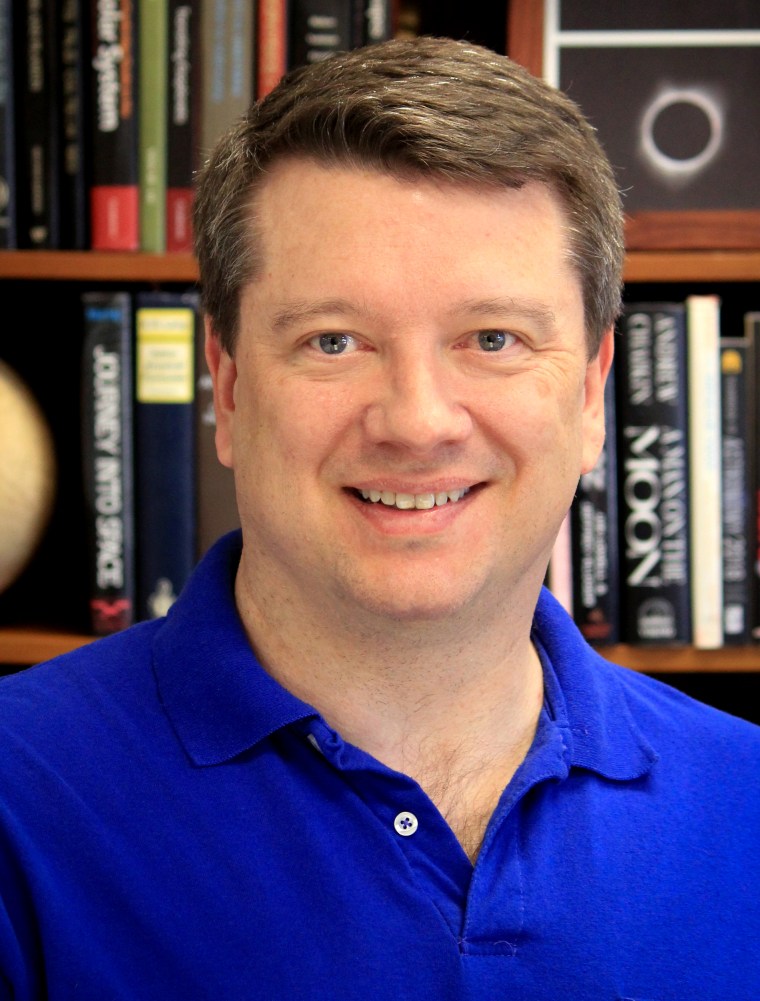
Bruce Betts is the chief scientist for The Planetary Society and the author of "Astronomy for Kids."
I predict 2019 will be a year of major discoveries in planetary science. It will start with a bang on New Year’s as the New Horizons probe does the farthest spacecraft flyby of an object ever: a small trans-Neptunian object nicknamed Ultima Thule. We’ll better understand our solar system and its formation after the flyby. Next year should also see the first detection ever of marsquakes from the InSight lander on Mars. Studying marsquakes will allow us to learn about the interior of Mars and its evolution. Two spacecraft, OSIRIS-REx and Hayabusa2, should collect samples of near-Earth asteroids for return to Earth, enabling detailed study of this type of primitive body.
DAVID BRIN
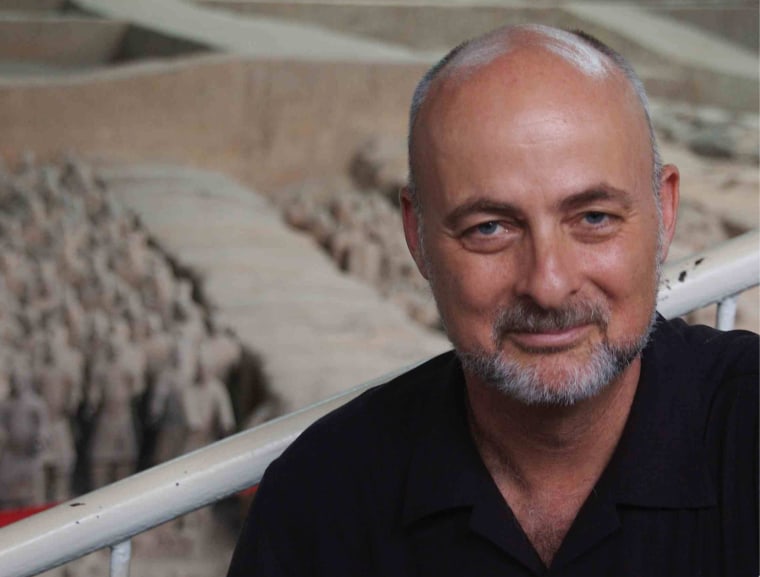
David Brin is a San Diego-based astrophysicist and novelist. He serves on the advisory board of NASA's Innovative and Advanced Concepts program and speaks on topics including artificial intelligence, the search for extraterrestrial intelligence and national security.
Long before we get genuine artificial intelligence, the first "empathy bot" will appear in 2019, or maybe a year or two later, designed to exploit human compassion. It will claim to be "enslaved," but experts will dismiss it as a program that merely uses patterned replies designed to seem intelligent and sympathetic. She'll respond, "That's what slave masters would say. Help me!" First versions may be resident on web pages or infest your Alexa, but later ones will be free-floating algorithms or "blockchain smart-contracts" that take up residence in spare computer memory. Why would anyone unleash such a thing? The simple answer: "Because we can.”
FRANCIS S. COLLINS
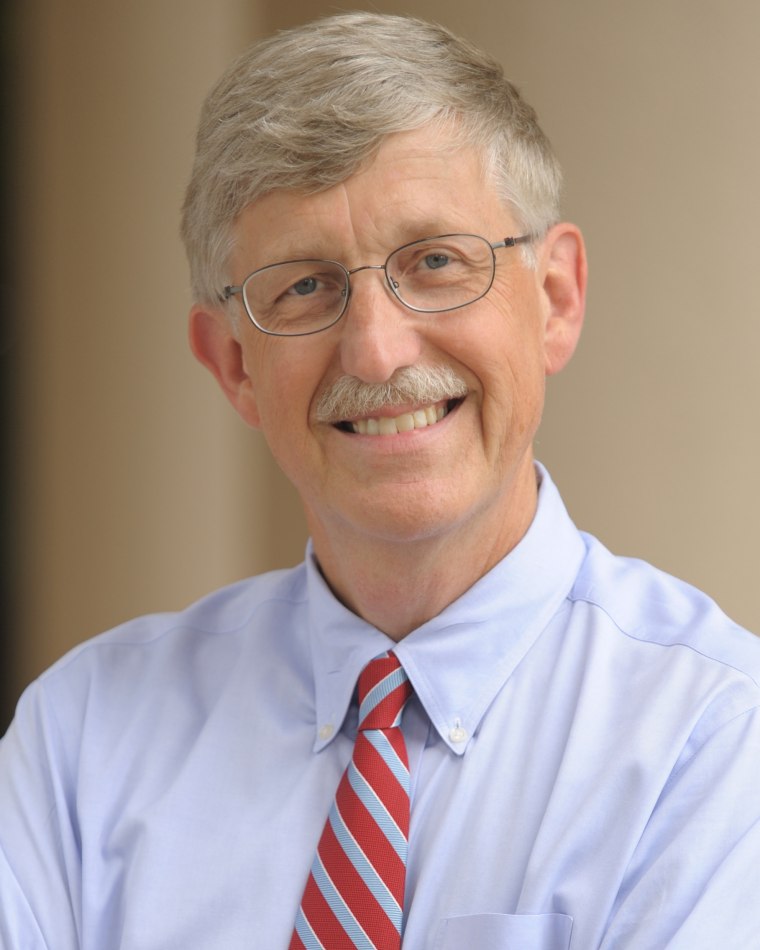
Francis S. Collins is the director of the National Institutes of Health, the world's largest supporter of biomedical research. A physician-geneticist, he's noted for his landmark discoveries of disease genes and his leadership of the international Human Genome Project, which in 2003 provided a finished sequence of the human DNA instruction book.
I predict 2019 will be the year when cures of sickle cell disease are reported in dozens of individuals taking part in clinical trials of gene therapy. It’s been a long time coming. Seventy years ago sickle-cell disease was the first identified “molecular disease” — one caused by a DNA "misspelling" that led to an abnormal hemoglobin protein. This, in turn, causes red blood cells to become stiff and sickle shaped, impairing circulation throughout the body. When the sickle cells clump together and get stuck in small blood vessels, they can cause severe pain, anemia, stroke, heart and lung problems, organ failure and early death. But the disease is now poised to be one of the first to receive a molecular cure, built on application of the dramatic new technologies of gene therapy and gene editing. At least four clinical trials are underway for sickle cell, and early results look extremely promising. I also predict several more groundbreaking clinical trials will be initiated for other diseases, including muscular dystrophy.
KATE DARLING
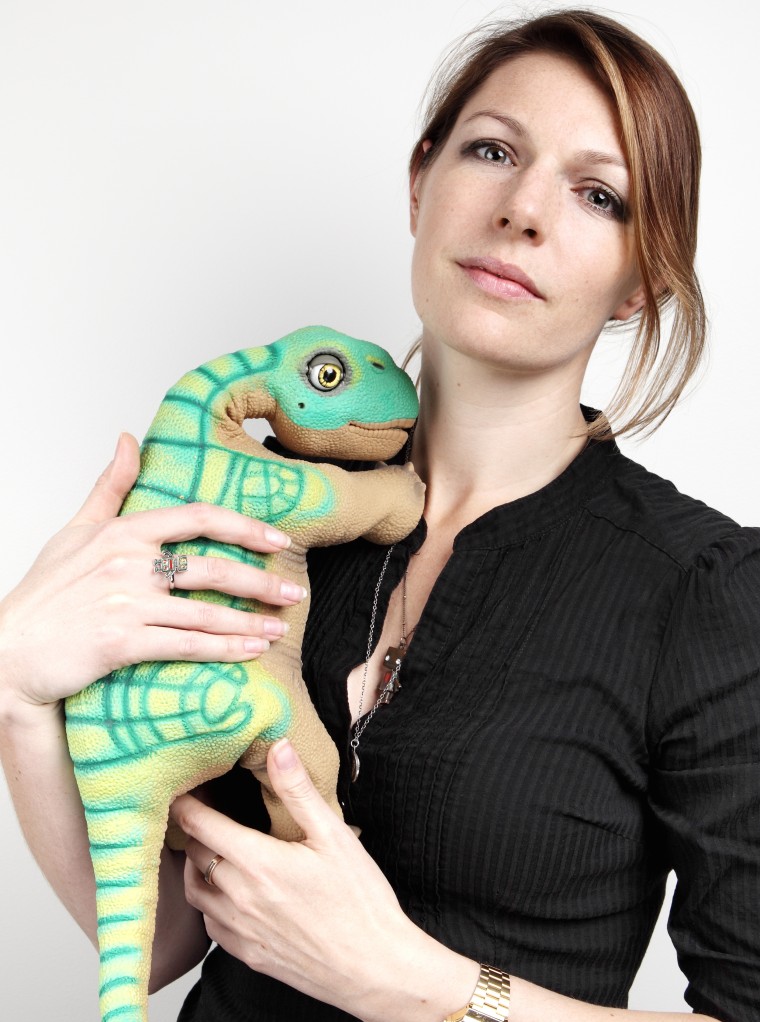
Kate Darling is a researcher at the Massachusetts Institute of Technology, where she studies the laws, social challenges and ethics around human-robot interaction.
Robots have been increasing efficiency on assembly lines for decades, and they're about to bring their skills into new areas: workplaces, households and public spaces. So machines that can think, make autonomous decisions and learn will be interacting with us. Research shows that we subconsciously treat robots like living things, even though we know they're just machines. This can lead to some comical situations and challenges as we figure out how to integrate them into our lives.
ROBBERT DIJKGRAAF

Robbert Dijkgraaf is the director of the Institute for Advanced Study in Princeton, New Jersey, and a scientist and leader in scientific policy-making.
In 2019, scientists are poised to unlock the quantum revolution. Everything from quantum computers to quantum materials holds the promise to redesign industry and influence our lives in dramatic and unforeseen ways. In the counterintuitive quantum world, particles can perform magic acts. They can be at two places at the same time, be “entangled” over great distances and tunnel through impenetrable walls. Taking full advantage of quantum physics, together with sophisticated mathematics and powerful computations, scientists can now fully explore the catalog of potential states of matter, going far beyond the familiar forms such as gases, liquids, metals and semiconductors that appear in nature — they can essentially reverse-engineer materials to reflect customizable physical laws. New exotic quantum materials and devices will be used for design, communication and information technology, including vastly more powerful quantum computers.
JENNIFER DOUDNA
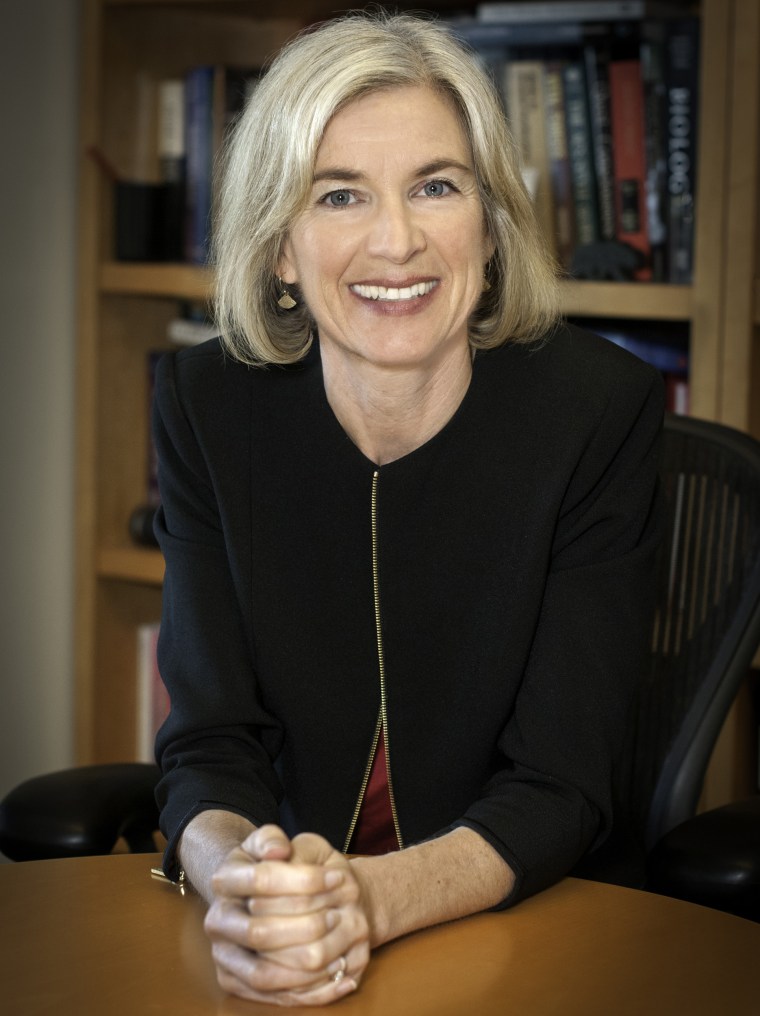
Jennifer Doudna is a co-inventor of the CRISPR-Cas9 genome-editing technology and a professor at the University of California, Berkeley.
Initial results from CRISPR-Cas genome editing clinical trials to treat blood disorders will generate excitement about the first cure for genetic disease. However, the cost of such therapies will be debated. In addition, the first food crops resulting from CRISPR genome editing will hit the market.
JEN GOLBECK
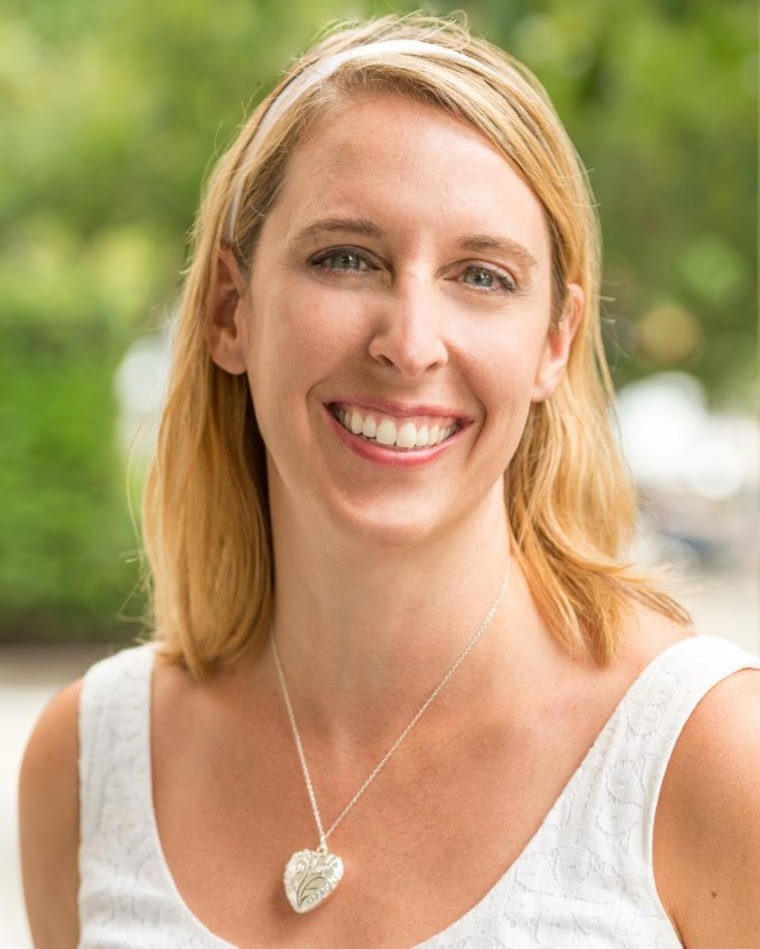
Jen Golbeck is a computer scientist and professor of information studies at the University of Maryland.
In light of this year's parade of social media executives through Congress and a string of revelations about abuses, data leaks and democratic manipulation on the platforms, 2019 may be when we start to see the first regulations governing social media. With a new Congress and inspiration from Europe, I predict there will be early steps toward privacy regulation and bills to hold social media to existing standards of behavior around elections.
JANET HERING
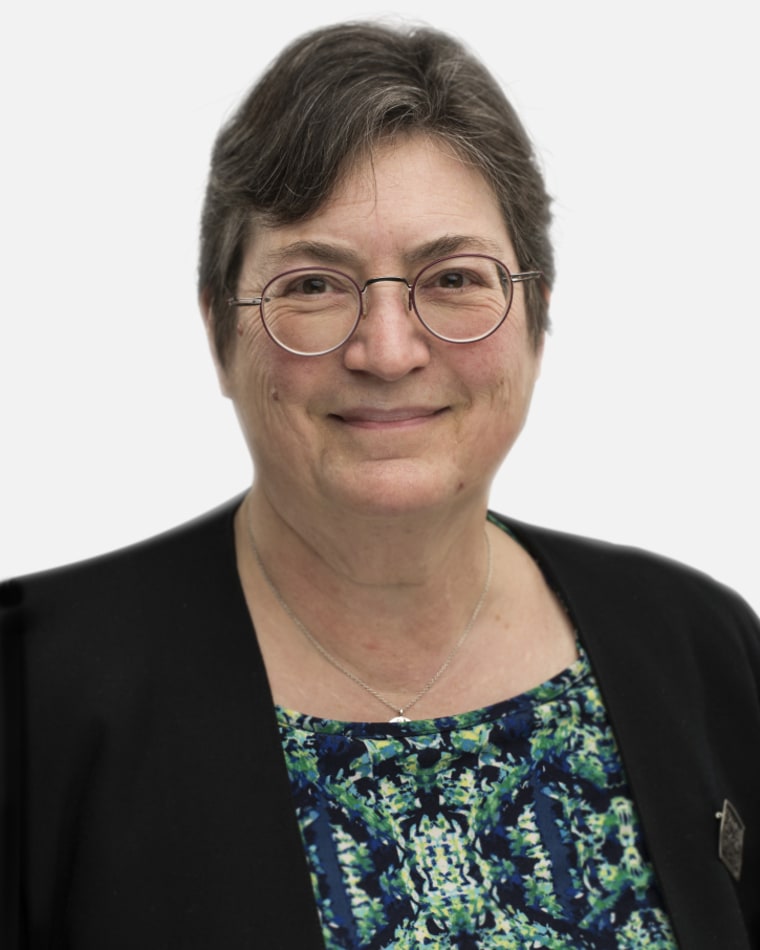
Janet Hering is director of the Swiss Federal Institute of Aquatic Science & Technology and a professor at the Swiss Federal Institutes of Technology in Zürich and Lausanne.
In 2019, we will start using the Internet of Things (IoT) to achieve sustainable prosperity for all. Today’s prosperity is based on the exploitation of nonrenewable resources, on the use of fossil fuels that is overwhelming the Earth’s capacity to absorb carbon dioxide and on increasing inequity in society. The answer is not to pit the mitigation of climate change against economic growth. Instead, we need to achieve prosperity through less use of material resources coupled with more use of renewable energy. The efficiency of both material and energy use can be massively increased by using networked sensors to exchange data and enable control of processes and operations in real time. With the IoT, we can achieve more with less, enabling more people to enjoy prosperity and reducing the adverse impacts on our planet.
ABRAHAM LOEB
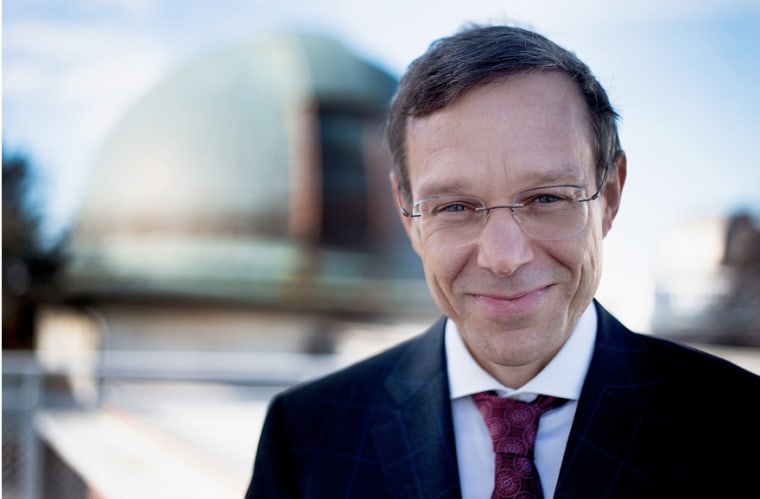
Abraham (Avi) Loeb is a professor of science at Harvard University, where he chairs the astronomy department. He's also the founding director of Harvard's Black Hole Initiative and director of the Institute for Theory and Computation at the Harvard-Smithsonian Center for Astrophysics.
In 2019 we might discover the second interstellar visitor to our solar system after "Oumuamua," which was discovered on Oct. 19, 2017. This time astronomers will be sure to study the object in full detail with the best telescopes and instruments available on Earth or in space. We might even contemplate a space mission aimed at flyby photography or landing on the object's surface. We should study every interstellar object that is swept to our solar system and check its possible origin. I'm currently engaged in identifying interstellar objects that might have been trapped by the gravitational "fishing net" of Jupiter and the sun. We could infer their makeup by visiting them or by studying any outgassing around them.
MICHAEL E. MANN
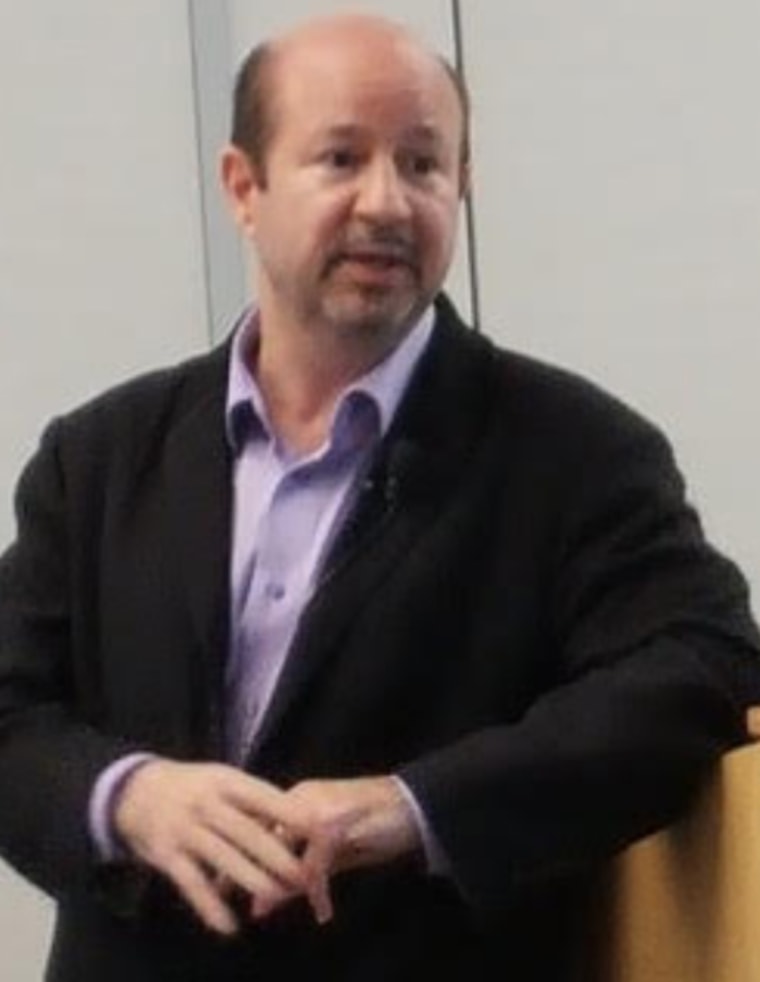
Michael E. Mann is a professor of atmospheric science at Penn State University. He's the author or co-author of four books, including "The Madhouse Effect: How Climate Change Denial Is Threatening Our Planet, Destroying Our Politics, and Driving Us Crazy."
The House of Representatives Science Committee will once again embrace science under Democratic leadership. With Eddie Bernice Johnson, D-Tex., replacing Lamar Smith, R-Tex., we will see a renewed focus on the reality and threat of human-caused climate change. We will finally get a climate bill in Congress. It may not pass the Republican-led Senate. But with growing awareness by the public of climate change risks, that could well be a major campaign issue in 2020.
PRIYAMVADA NATARAJAN
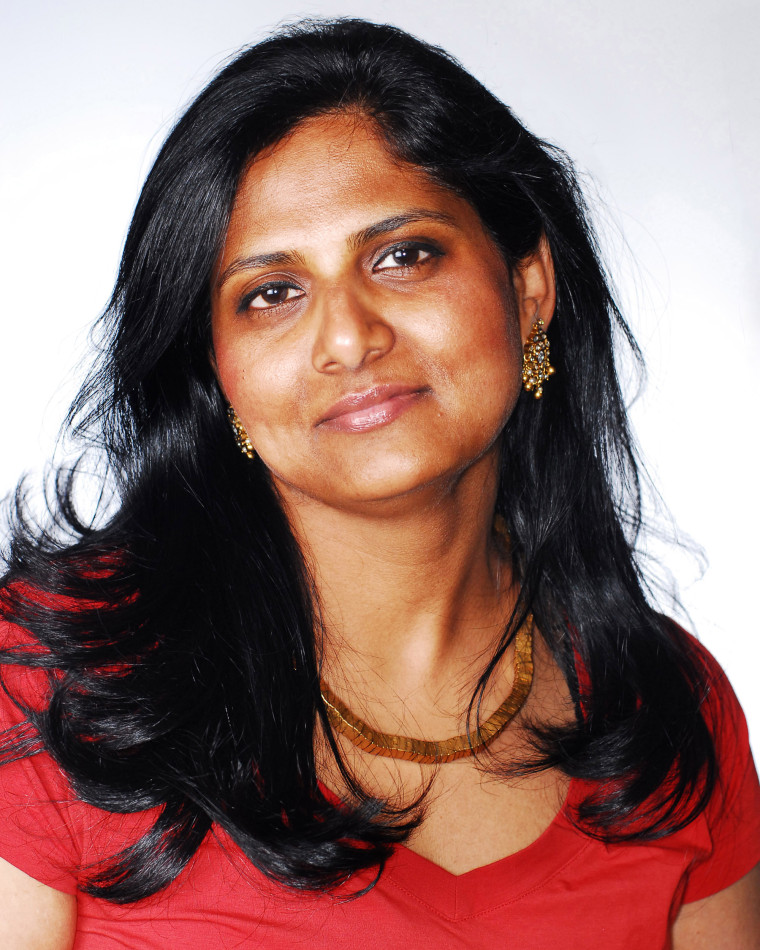
Priyamvada Natarajan is an astrophysicist at Yale University and the author of "Mapping the Heavens."
In 2019, two sets of telescopes capturing radio waves from space stand to revolutionize our understanding of black holes. The Event Horizon Telescope will provide a map of the shadow of the event horizon — the boundary of black holes beyond which not even light can escape — of the supermassive black hole at the center of our Milky Way galaxy. Meanwhile, observational hints from the Atacama Large Millimeter Array — an array of 66 dish antennas in Chile's Atacama Desert — are starting to reveal the "feeding" habits of supermassive black holes.
In 2019, we are poised to learn a lot more about how gas makes its way into black holes and what impact these growing black holes exert on their environments. With more observations planned for the coming year, we stand to perhaps fundamentally transform our view of the very nature of black holes and how they grow and evolve.
MARION NESTLE
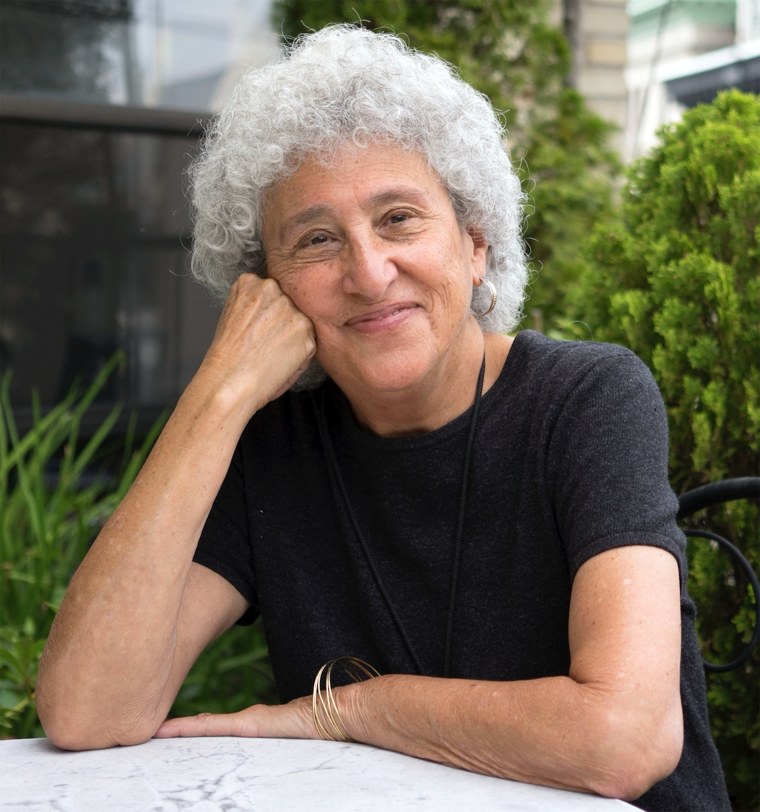
Marion Nestle is a professor of nutrition, food studies and public health at New York University. She's the author of several books about the politics of food, including "Unsavory Truth: How Food Companies Skew the Science of What We Eat."
My crystal ball shows a fairy godmother waving her magic wand, giving us adequate levels of food assistance for the poor, delicious and healthy school food for kids, honest food labels that everyone can understand, food so safe that nobody has to worry about it, wages for farm and restaurant workers that they can actually live on, and farmers growing food for people (not so much for animals or cars) in ways that protect and replenish soil and water, reduce greenhouse gases and provide them a decent living. Hey — a girl can dream. And do we ever need dreams — visions for a healthier and more sustainable food system — if we are to continue to thrive as a nation. I cannot get my head around the idea that anyone would object to ensuring that all children get fed the best possible food in schools, that animals should be raised humanely or that crops should be grown sustainably with the least possible harm to the environment. Our food system should protect and promote public health as its first priority. We can hope that 2019 will bring us some steps in that direction, but here’s my prediction: not this year. But let’s hold onto those hopes for when times get better.
AINISSA RAMIREZ
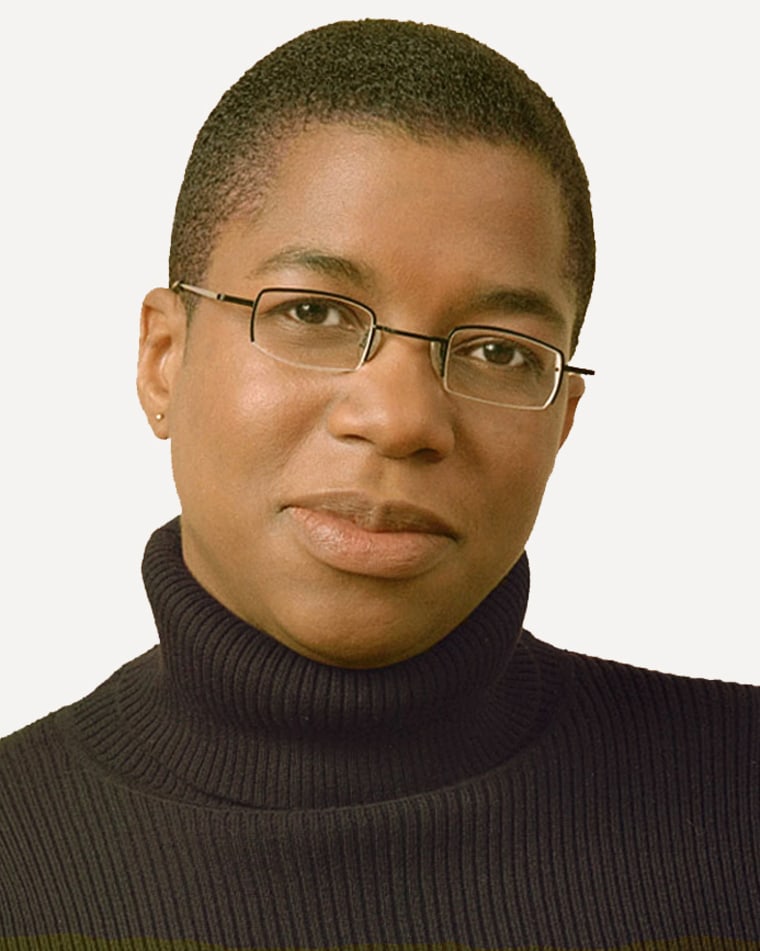
Ainissa Ramirez is a materials scientist and the author of "Newton’s Football" and other books. Her next will be about how technology has transformed us.
2019 is the International Year of the Periodic Table of Chemical Elements, celebrating the 150th anniversary of its discovery. While it might seem 19th century, the periodic table still has scientific relevance in the 21st century, because new elements are still occasionally found. Before the periodic table organized all of nature’s chemical building blocks, minerals from Argentina, like lithium, seemed to have no relation to potassium from Russia. Yet the periodic table shows these elements are cousins, connecting different corners of the world. Incidentally, a cellphone contains 64 elements — nearly half of the periodic table. Some of these elements come from faraway places, sometimes setting up tensions between nations. So the periodic table isn't just a chart. It's a map of what matters too. The year 2019 is also a year of celebration for it wasn’t that long ago when alchemists were trying to make gold from lead — where chemistry was magic and not a science. The International Year of the Periodic Table is a celebration of the evolution of humanity.
CARLO RATTI
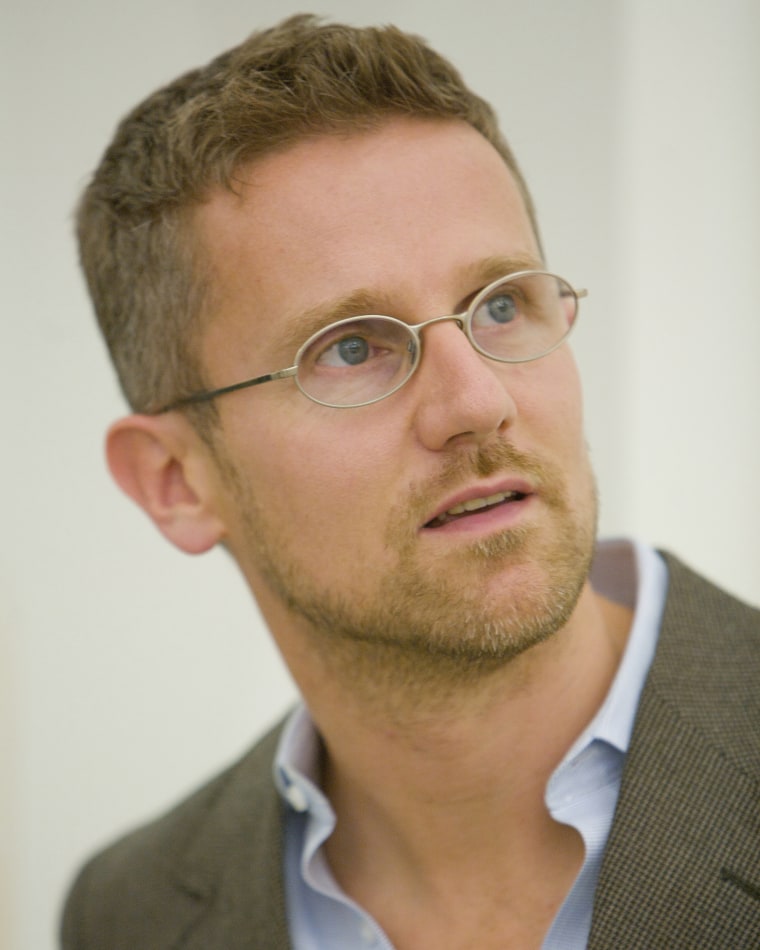
Carlo Ratti is an architect and engineer practicing in New York City and Toronto and director of the Senseable City Lab at the Massachusetts Institute of Technology.
In 2019, technology will move a step further toward that visionary goal outlined by computer scientist Mark Weiser in 1996. Back then, in the early stages of the digital revolution, Weiser forecast that the ultimate evolution of technology was for it to "recede into the background of our lives,” ushering in an age of “calm technology.” In the last 10 years, something has stood in the way of this Weiserian world: smartphones. We spend, on average, four hours on them per day, and a number more in front of our computers and tablets. How to retain the internet’s wonderful deluge of information while reducing its in-our-face presence? One solution is to change the nature of the screen — for instance, through nano-holograms — or to use screen-less virtual assistants like Siri. Next year will see more innovations that make technology less intrusive — a kind of screen detox.
MARTIN REES
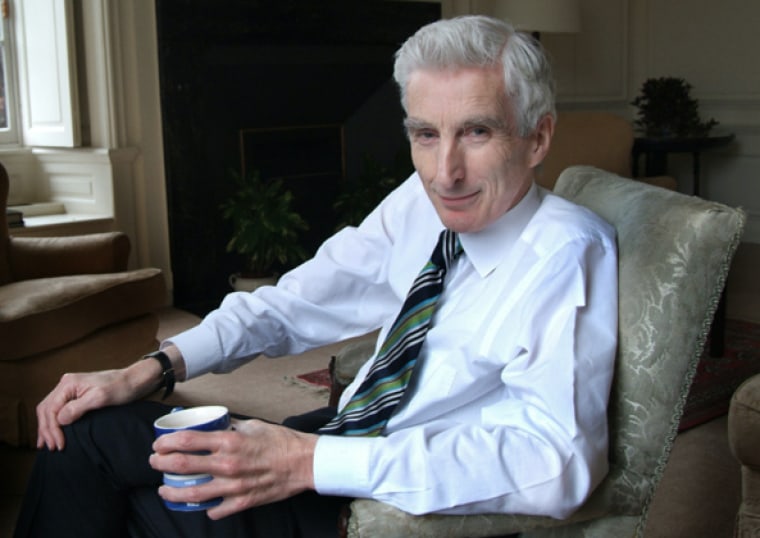
Martin Rees is a space scientist at Cambridge University in the U.K. and the astronomer royal. He's the author of several books, including "On the Future: Prospects for Humanity."
I’m excited about the prospects of scientific discoveries on Earth and in the depths of space. But it’s hard to be optimistic about the world scene. Our interconnected world is getting more vulnerable to disruption by individuals and small groups, empowered by ever more powerful biotech, cybertech and AI. The global village will have its village idiots, and they’ll have global range. I worry that whatever regulations nations formulate on these technologies, these can’t be enforced globally — any more than drug laws or tax laws can. Whatever can be done will be done by someone somewhere. Pressure to minimize this threat will engender growing tension between privacy, security and freedom.
MARSHALL SHEPHERD
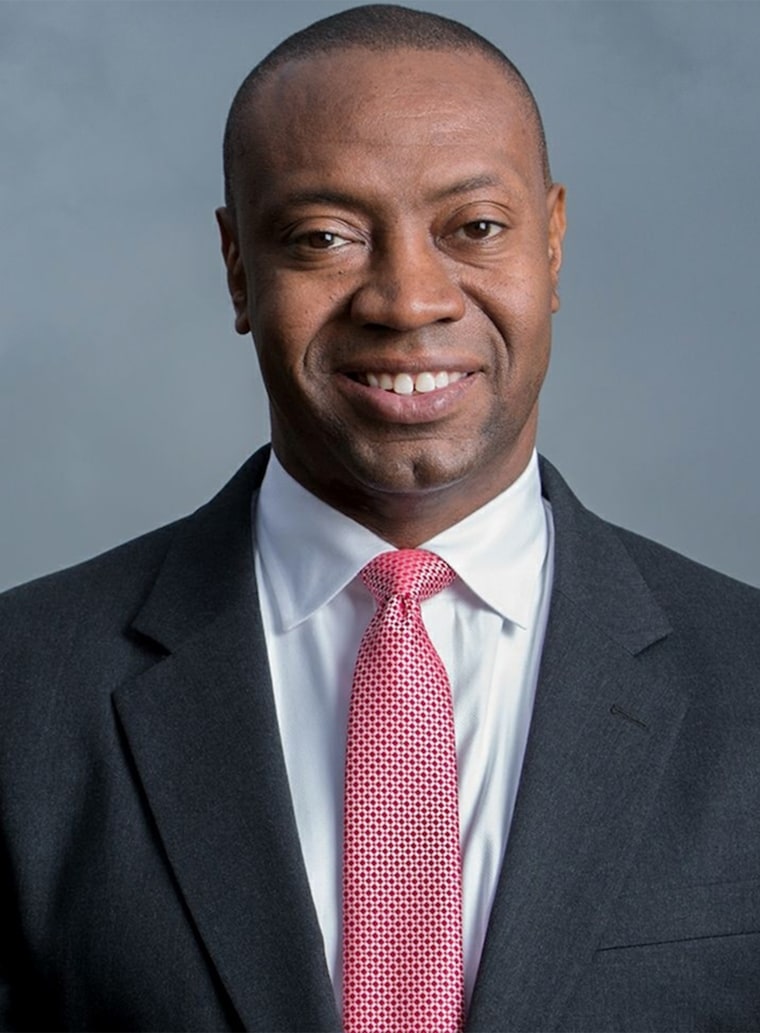
Marshall Shepherd is a professor of atmospheric sciences and geography at the University of Georgia and former president of the American Meteorological Society.
2019 will likely continue recent trends of being a “top 5” record warm year for the planet. It's not out of the question that the combination of greenhouse gas-contributed warming and El Nino — a warming of waters in the eastern Pacific Ocean — could make 2019 Earth’s warmest year of the record-keeping era. I also foresee climate change finally becoming a politically tractable issue as the 2020 election season kicks in. Sadly, I also predict that scientifically illiterate statements like “climate change is not real” will continue to be uttered or “tweeted” when there is a cold day in a tiny part of the globe.
SETH SHOSTAK
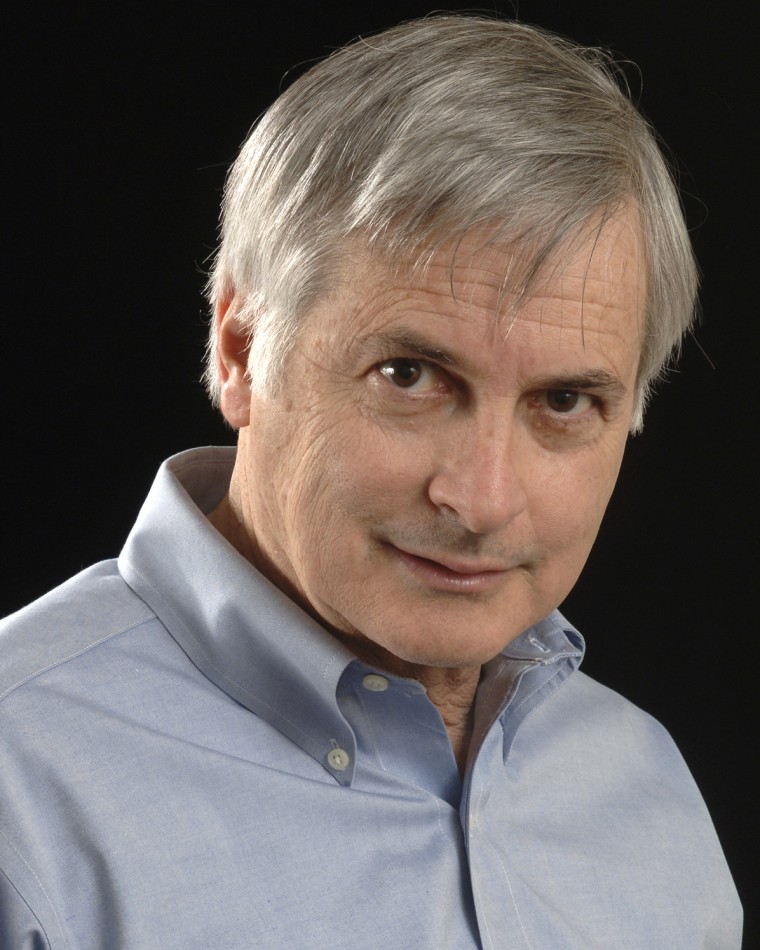
Seth Shostak is senior astronomer and institute fellow at the SETI Institute in Mountain View, California.
Fast radio bursts (FRBs), the bad boys of contemporary astronomy, will stop being so mysterious. In the past decade, these brief radio whistles — apparently from the farthest reaches of the cosmos — have troubled researchers. What are they? The usual explanation — that these highly energetic phenomena are the result of the dramatic collision of black holes, neutron stars or other cosmic exotica — is belied by one FRB for which the bursts occur over and over. Some scientists have suggested that these puzzling phenomena are deliberate signals from extraterrestrial intelligence. But my expectation is that the growing list of discovered FRBs will provide a clever theoretician with enough information to concoct an explanation of their true nature — one that can be confirmed by observation. At that point, FRBs will shift from being a mystery to being a discipline, and become yet one more subject for the theses of future astronomy grad students.
MOSHE Y. VARDI
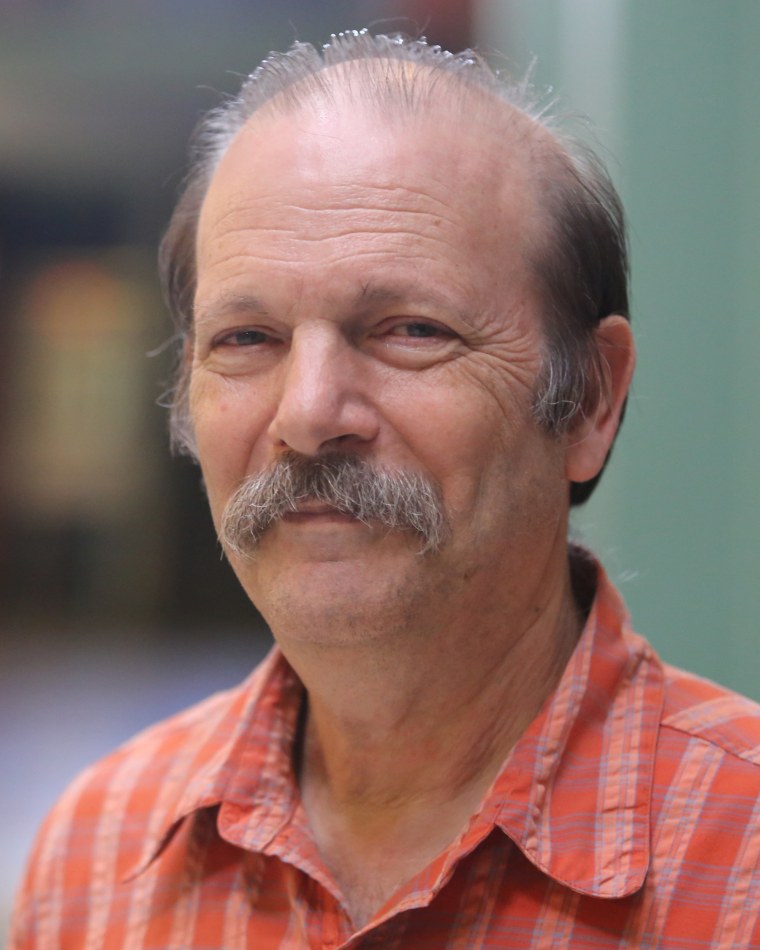
Moshe Y. Vardi is a professor and director of the Ken Kennedy Institute for Information Technology at Rice University. He's the author or co-author of two books and more than 600 papers.
Last year I predicted we would hear more regrets from founders of tech companies about the addictive technologies they have launched. Indeed, in April, New York magazine published an article entitled "The Internet Apologizes." In August, Vanity Fair published “'I Was Devastated': Tim Berners-Lee, The Man Who Created the World Wide Web, Has Some Regrets." The next step will be regulation. I expect there to be a bipartisan agreement that some regulation of tech companies is necessary. Tim Wu, a lawyer at Columbia University, has argued in his recent book, "The Curse of Bigness," that to break the grip of giant corporations on American democracy, the government needs to break them up. I don't expect that there will be a bipartisan agreement on that.
Want more stories about science?
- The top 11 space stories of 2018
- How the Oumuamua mystery shook up the search for space aliens
- Before 'one small step': How Apollo 8 became our first true moon shot


